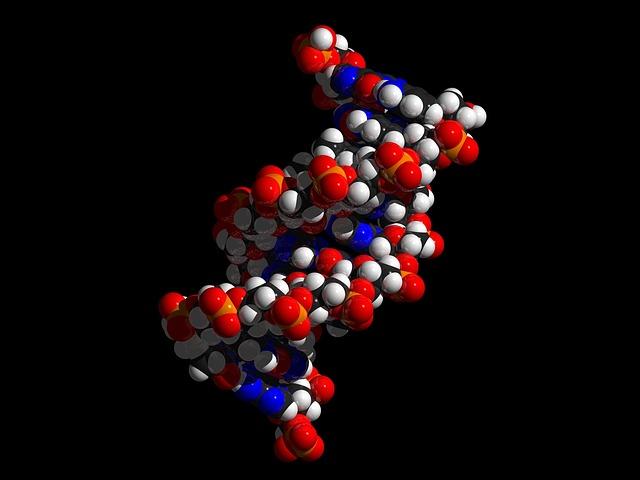History of biomarkers
‘Biomarker’ is a term that is cropping up more and more frequently. The history of the term dates back to the 1950s, when it was first included in the English language. It began to be widely used during the 1980s. It then took nearly another two decades for The National Institute of Health’s Biomarkers Definitions Working Group to officially recognise the term ‘biomarker’ in 1998.
Definition of biomarker
The term ‘biomarker’ can be defined as a molecule, characteristic or gene by which a process or disease can be identified. More generically speaking, it is a provider of information regarding biological processes or processes of a pathological or pharmacological nature concerning therapeutic interventions. In medicine, it is also specifically a measurable indicator of the presence of a disease or physiological condition, that can help medical professionals plan the best care.
Modern-day cell biology and genetics

Within the context of the world of modern cell biology, a biomarker is considered to be a designated molecule that has the capability to enable a particular kind of cell to be detected and isolated. For instance, prostate specific antigen (PSA) is a protein produced by the prostate gland that is used to detect prostate cancer. Oct-4 is another example; it is a biomarker for the detection of embryonic stem cells.
In the field of genetics, a biomarker is currently categorised as a type of genetic marker. Hence, it is regarded as a DNA sequence that affects the presence of the onset of a disease. It is also perceived as an element that is able to denote a person’s susceptibility to contracting a particular disease. Thus, current research focuses on the possibility of using biomarkers to detect and monitor diseases.